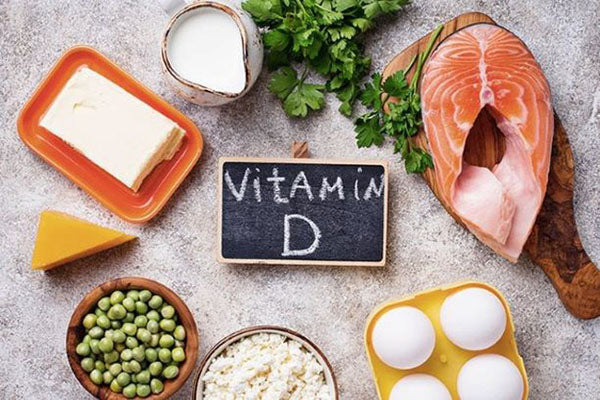
It is well known that vitamin D serves to maintain strong bones, healthy teeth, and a robust immune system. However, so there are many vitamin D myths or misinformation about one of these popular nutrients.
5 Popular Vitamin D Myths That Turned Out to be False
Read: Vitamin D2 vs D3: What's the Difference?
1. I can obtain enough vitamin D from the sun.
The main source of vitamin D comes from our skin being exposed to UVB rays from the sun, but for those of us living in the northern hemisphere, getting enough to sustain levels is tough.
Between October and April, the sun is not strong enough for us to produce vitamin D, even during the sunniest days.
During the summer months, cloud cover can block UVB rays, and even when the sun is shining, we tend to coat sunscreen to protect our skin from harmful UVA rays; Sunscreens above SPF15 block the UVB rays that the body needs not to prevent the production of vitamin D.
Melatonin also plays a role in influencing the production of vitamin D. Those with darker skin need longer sun exposure to produce the same rate as those with brighter skin.
The modern lifestyle also affects the amount of time we spend exposed to the sun. Driving to work, spending the whole day in the office, and wearing clothes that cover most of the body affect how long and how much skin is exposed to the sun.
2. I eat a lot of foods rich in vitamin D
There are a number of foods that naturally contain vitamin D, including oily fish, eggs, milk, and liver. However, many people remain unaware of how much vitamin D is needed by the body and therefore how many vitamin D-rich foods the body needs to maintain adequate levels.
Oily fish is the best source of vitamin D but not the daily staple food of most people. The source of fish also affects the amount of vitamin D present in one serving. Wild fish such as mackerel, salmon, and tuna contain far more vitamin D than farmed fish.
Wild tuna, for example, provides an average of 500iu per serving, while tuna will only produce about 100iu per serving.
Some foods can have vitamin D with some extras during production, these we know as fortified foods such as cereals, baby milk, yogurt, bread, and some mushrooms.
Read: The Relationship Between Vitamin D and Fertility
Despite doing some ways to increase our vitamin D intake, chances are that even a healthy diet might only give you some of the daily vitamin D you need.
3. Only the 'at-risk' group needs to supplement Vitamin D
The current National Institutes of Health recommendations suggest the following 'at risk' groups should use vitamin D supplements throughout the year. These are including:
- Breastfed infants
- People over the age of 65 People with little or no exposure to sunshine People with darker skin pigmentation
- Individuals with disorders that impede fat absorption
- Obese people or those who've had gastric bypass surgery
However, nearly one in four people in the United States have low or inadequate blood levels of vitamin D for bones and overall health.
4. I already have 'adequate' vitamin D levels so I don't need it anymore
A simple blood serum level test can tell you if you have enough vitamin D levels, here's a measurement guide:
- >50nmol/l (20ng/mL) = sufficient
- <30nmol/l (12ng/mL) = insufficient
This level indicates those who are at severe risk of deficiency and develop conditions such as osteoporosis but do not guide us much at the level necessary to ensure strong health.
Vitamin D is well known as a contributor to a healthy immune system, which protects us not only from coughs and colds but also from a number of autoimmune diseases.
5. I take multivitamins that contain vitamin D so I've got everything I need
Through diet alone, the need for Vitamin D cannot always be effective, therefore many think that taking a multivitamin has got all the vitamin needs that you need. Obviously, it was a mistake.
Many multivitamins contain lower levels of vitamin D than what the body needs to reach optimal levels. With this in mind, without a specially formulated vitamin D supplement, you may not be able to raise your level as much as you think.
Those are the vitamin D myths that are popular among people, remember those myths turn out to be false so you need to be careful about the information that you received, hope that is helpful!









